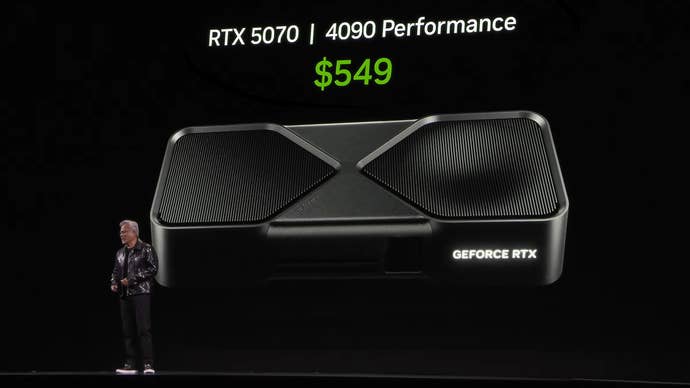Nvidia says yes, but the reality is more nuanced - and AI is doing the heavy-lifting.
It’s a claim in that presentation that I’m going to tackle in this week’s blog.
Is the upcoming RTX 5070 really offering RTX 4090 series ‘performance’?

By all quantifiable metrics, the claim holds no water.
A 384-bit memory interface on the RTX 4090 gives way to a 192-bit bus on the RTX 5070.
So, having spent some time with DLSS 4, I can project how these comparisons will play out.

Increased latency is the key limitation of frame generation that DLSS 4 does not completely crack.
Nvidia mandates the use of its Reflex latency-reduction technology to mitigate the difference.
I want to talk about the word ‘performance’ next.

When we first unveiled DLSS 3, we talked about performance multipliers brought about by frame generation.
Nvidia continues to do so.
However, feedback from the community made me think about whether ‘performance’ was the most appropriate term.
For the entire 3D era, increased frame-rates have been delivered hand-in-hand with reductions in input lag.
It’s a performance boost inall areas.
Is frame generationreallya performance boost if latency is higher?
So-called ‘fake’ frames?
It’s only an issue when the artefacts are obvious and noticeable.
Like latency it remains an issue, but eventually I expect both to be solved.
Finally, is this all just one big Nvidia scam - another refrain we often hear?
And so, as we look to the future, the improvements will be ray tracing.
I think we’re going to see a lot happening there.
And then everything we can get done with ML…"